Blog posts tagged with optogenetics

01 Feb
animal behavior research
Research Methods
The many uses of the PhenoTyper
With its new top unit, the PhenoTyper is even more versatile than before. Follow in the footsteps of those who have already added the PhenoTyper to their lab and learn all about its varied applications.
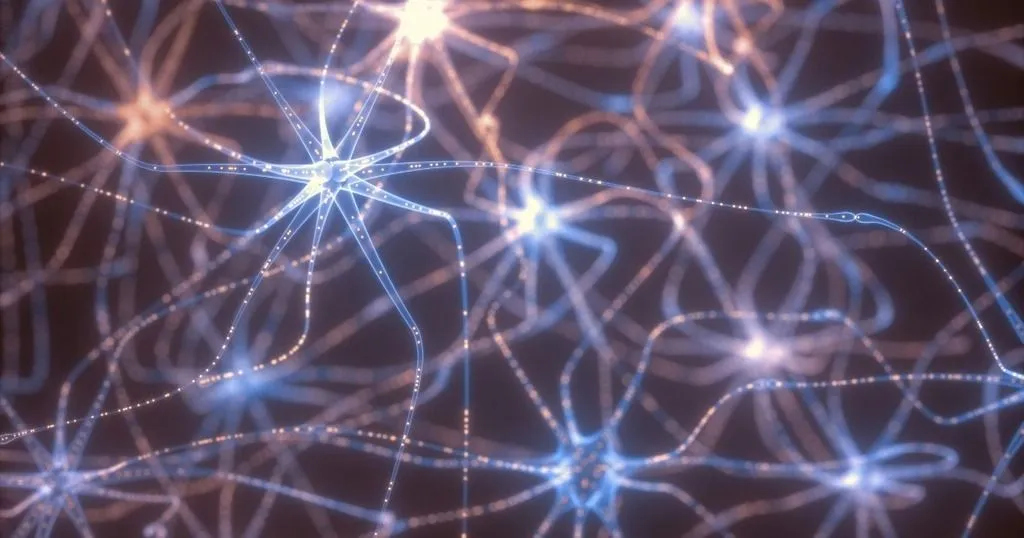
29 Aug
animal behavior research
Research Methods
Calcium imaging and measuring behavior
What is calcium imaging, and how can you this technique to get a better understanding of complex rodent behavior? Read more about the basic principles and benefits of calcium imaging
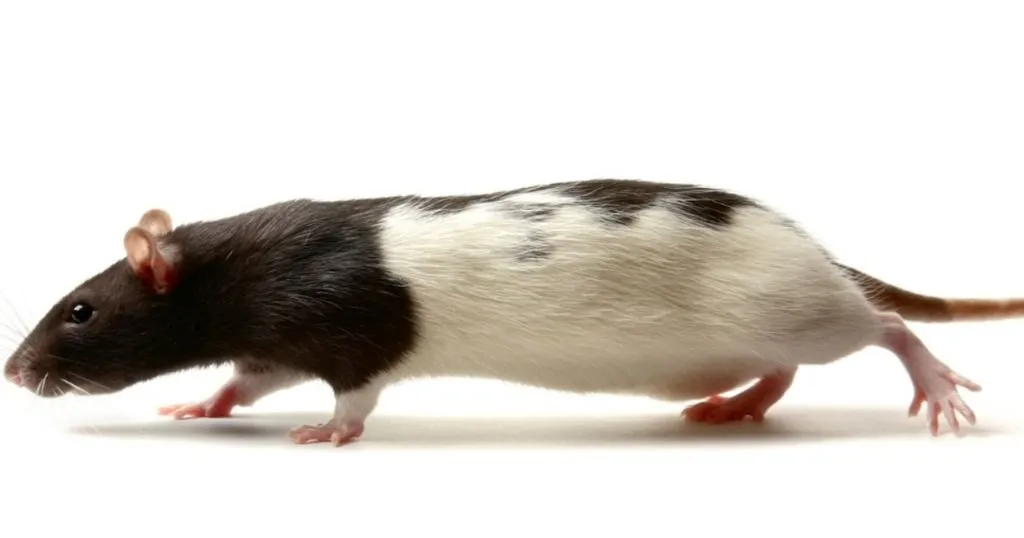
08 Sep
animal behavior research
Social Behavior
(Un)social rats: the role of dopamine and the amygdala in social adversity
With optogenetics and behavioral testing, researchers found a link between infant social adversity and decreased social behavior in the circuitry of the amygdala.
08 Oct
animal behavior research
Optogenetics
A to Z on optogenetics and video tracking studies
Optogenetics allow researchers to either activate or inhibit neurons in the brain. To see how this affects behavior, you need to record that behavior and synchronize it with the stimulation. Here's how.

23 Jan
animal behavior research
Zebrafish Research
How optogenetics is used to study the stress response in zebrafish larvae
Stress might seem like a bad word, but it does have its perks. A recent study by Rodrigo J. De Marco uncovered the role of the pituitary in zebrafish larvae behavior after the onset of stress.

05 Mar
animal behavior research
Optogenetics
Motivation and eating: deep brain imaging in freely moving mice
Craving a snack, the joy of eating it. The part of our brain that regulates this is the lateral hypothalamus. An interesting targer for addiction and eating disorder research.
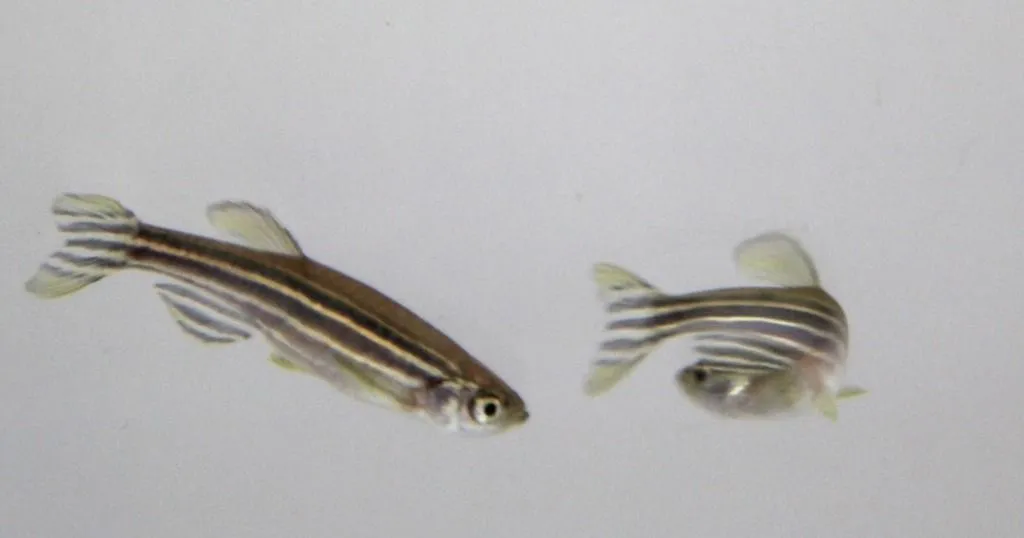
23 Sep
animal behavior research
Zebrafish Research
How zebrafish and optogenetics are great for investigating stress
By this point, we do not need to tell you how popular zebrafish are. We also probably do not need to point out the great technological advances that are being made in research because of the use of optogenetics.
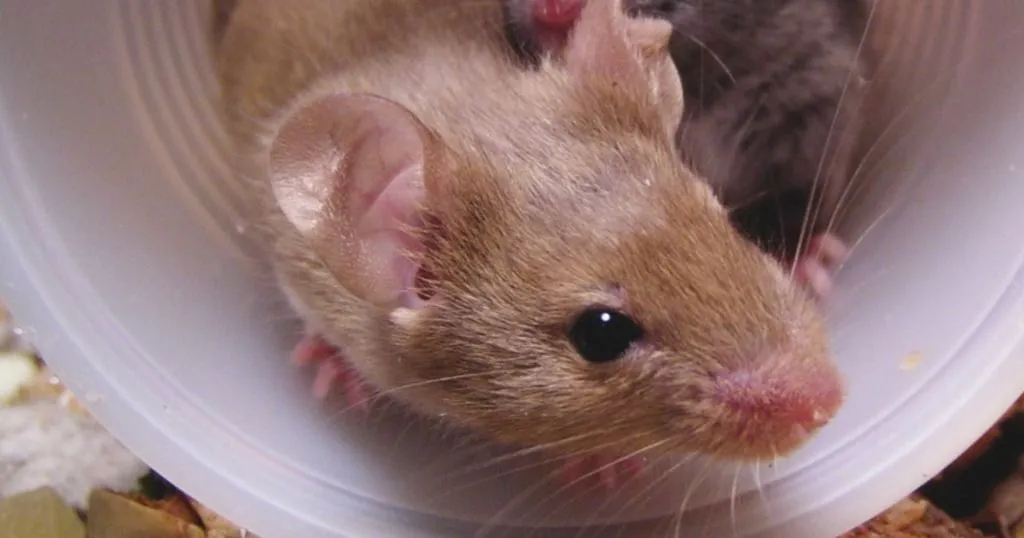
05 Feb
animal behavior research
Optogenetics
Optogenetics and operant conditioning
A great example of optogenetics in behavioral studies is the work of Dr. Kravitz and Dr. Kreitzer at the Kreitzer lab (currently, Kravitz works at the NIDDK in Bethesda). Let me tell you about it.
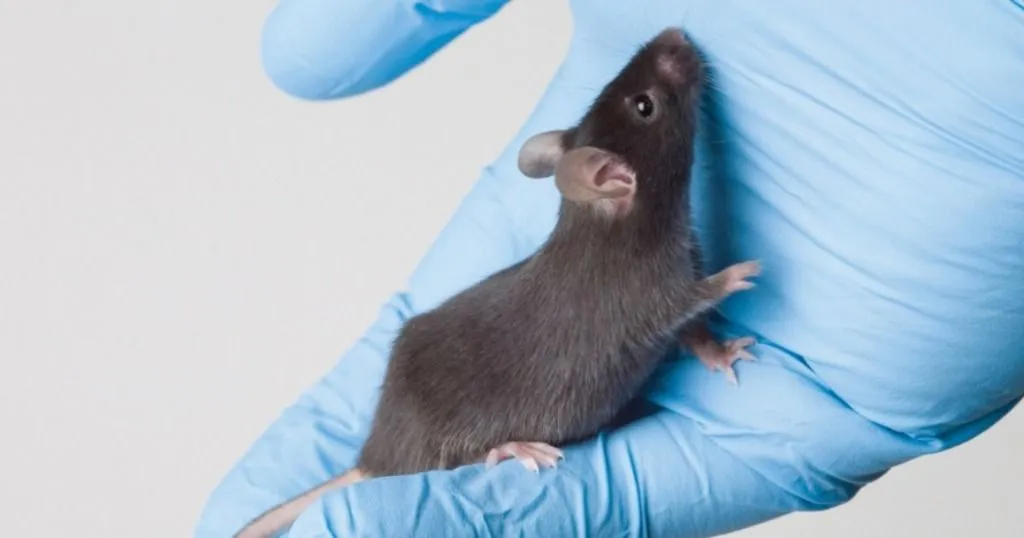
13 Dec
animal behavior research
Optogenetics
Optogenetics - Shining a light on brains and behavior
Brains are complicated. We all know that. Like an entangled bunch of wires. Still, over the years, neuroscientists have been able to map out several brain regions and their functions in behavior and physiology.